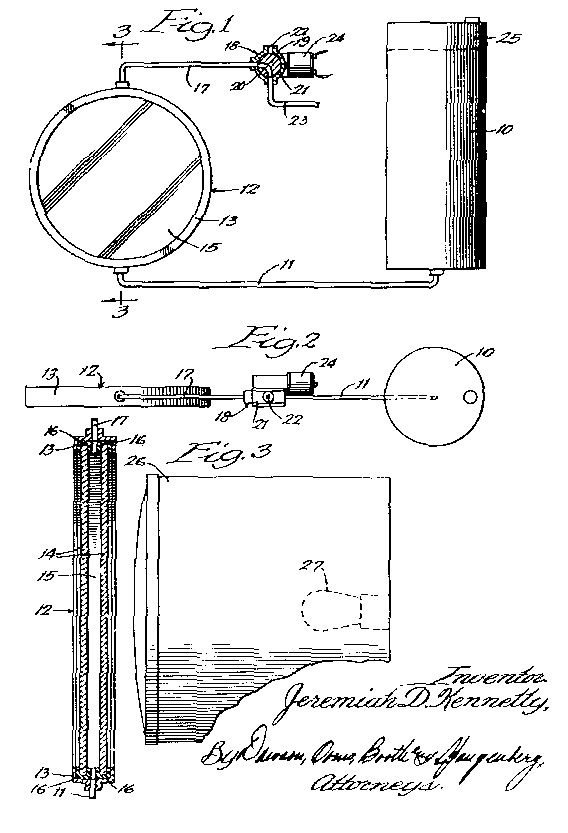
Figure 1 is a side view in elevation, the valve structure being shown in section.
Figure 2 is a top plan view.
Figure 3 is an enlarged transverse sectional view of the fluid shutter, the shutter
being shown in a preferred arrangement in front of a light source.
In the illustrations, 10 designates a reservoir tank, preferably closed at its top and
with a conduit 11 leading to the bottom of a fluid filter 12. The fluid filter may
be formed of any desired material and in any desired configuration.
A cylindrical frame 13 receiving therein, in spaced relation, the transparent plates
14 formed of glass, plastic or other suitable material, and providing between them a
fluid chamber 15 adapted to receive a translucent colored fluid. The frame 13
is preferably provided with a ring 16 of a resilient material, such as rubber, and with
annular slots formed therein to receive the plates 14.
A conduit 17 leaves the top of the fluid shutter 12 and passes through a
solenoid-operated valve 18. In the illustration given, the valve 18 consists of a
rotary plug member 19, having a passage 20 extending therethrough, and
received within a casing 21. The casing 21 is provided with an outlet vent
22 and with an outlet receiving a pipe 23 leading to the compressed air brake
conduit, or to any other source of air pressure. The valve plug 19 may be rotated by
hand or, as illustrated, it may be rotated by solenoid 24. By rotating the valve plug
19, the passage 20 therein may be brought into communication with the vent
22, or alternatively, into communication with the brake pipe 23, as shown in
Figure 1.
The fluid filter may be located in front of the searchlight, headlight, train light, or any other
light source which is ordinarily used for projecting light beams, and the passage of colored fluid
into the chamber 15 brings ablut a change in the color of the projected light rays.
Any red liquid, which is pervious to the light rays, may be employed. Water colored red, or
any other desired color,may be used. In order to avoid freezing of the liquid, any of the well
known liquids which do not freeze at low temperatures, may be used for this purpose, and any
suitable coloring material may be employed.
When the valve plug 19 is turned to the position illustrated in Figure 1,
compressed air from the brake pipe 23 passes through the valve pipe 17, and
fluid shutter 12, and forces the colored fluid out of chamber 15 and back
through pipe 11 into the reservoir tank 10. The liquid is pressed upwardly in
the tank 10 so as to compress the air trapped therein within the space indicated by
25.
The light source, which may be of any suitable type, is at this point, effective merely for
illumination purposes. In Figure 3, a light-projecting casing 26, equipped with
a light bulb 27, is located behind the fluid shutter 12. When the chamber
15 is open, the light rays pass, without modification, through the transparent panes
14.
When it is desirable to render the shutter operative for screening out light rays or changing
their color, the valve plug 19 is rotated to bring passage 20 into
communication with the vent 22 and pipe 17. Upon the escape of compressed
air, the liquuid within the reservoir 10 will pass rapidly downwardly through the pipe
11 and upwardly into chamber 15 to substantially fill the chamber. The latter
movement of the liquid is accelerated by reason of the pressure exerted by trapped air in space
25 of tank 10. The light rays now projected through the panes 14 and
the body of fluid are changed in color. If a red fluid should be employed, the rays will become
warning rays, etc.
As stated above, the valve plug 19 may be rotated manually or by actuating the
solenoid 24. Further, if pipe 23 is connected to a brake pressure line and the
pressure falls below a predetermined limit, the liquid will flow agains a reduced pressure
upwardly into chamber 15 of fluid shutter 12 so as to automatically convert the
projected light rays into warning rays.